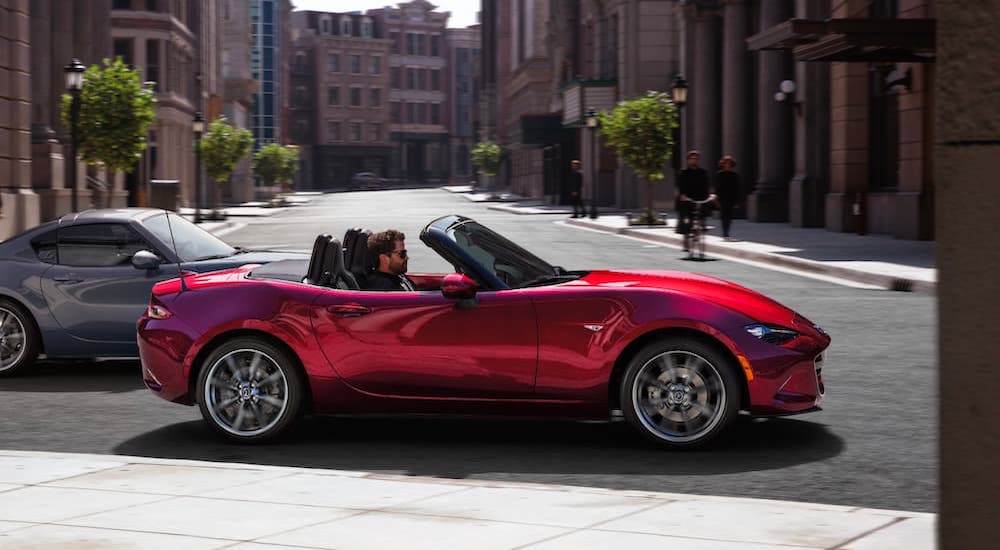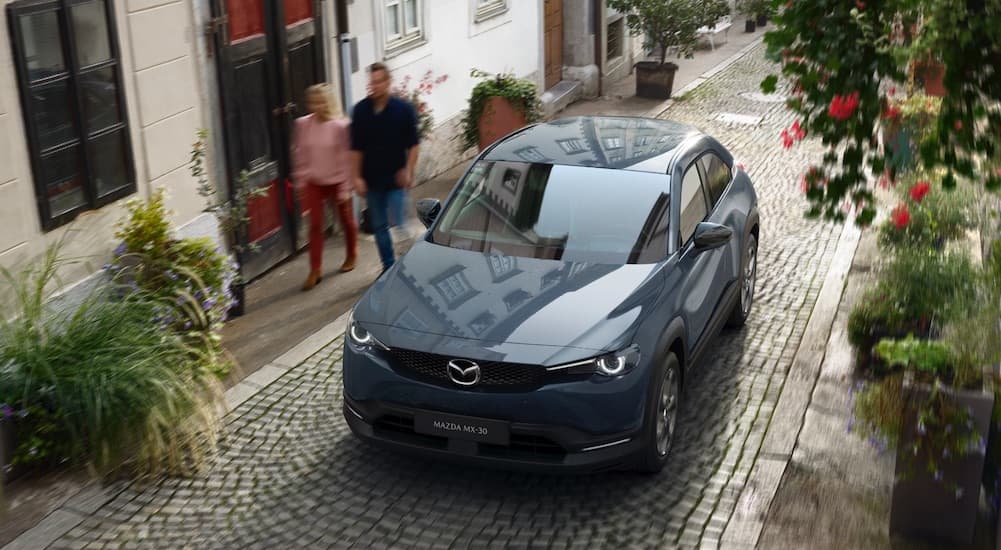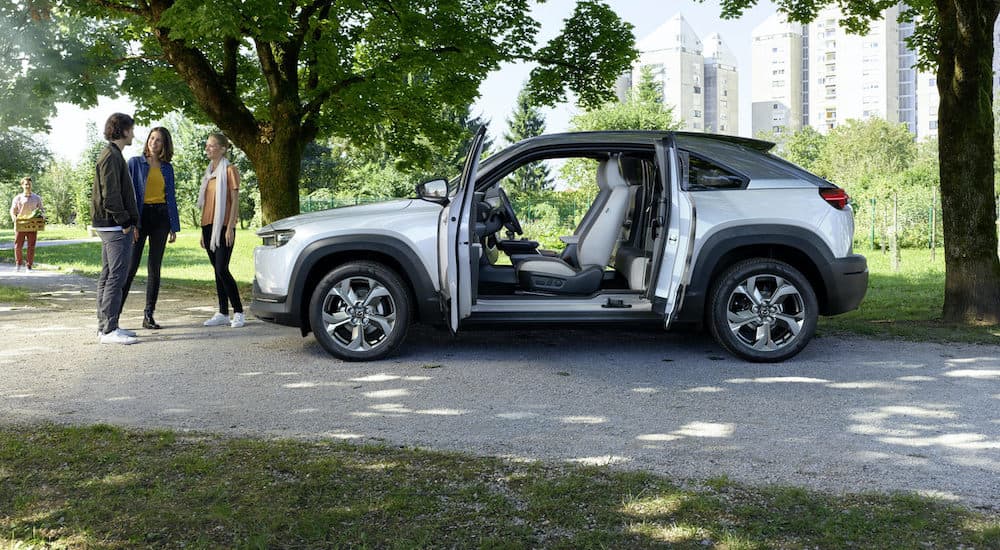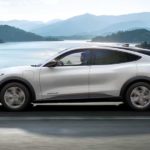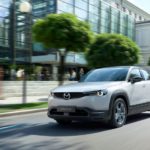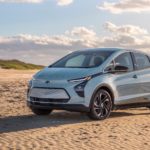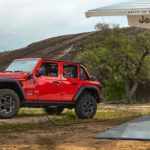Mazda is a company that arose from humble beginnings in the early part of the 20th century and recently was named one of the Best Car Brands for 2021 by Consumer Reports. A history of innovation, starting with a small motorbike and branching out to the technology that created the SKYACTIV engine, is part of why Mazda enjoys continued success. It’s technology like the brand’s fuel-efficient engines that maintain power for excellent performance on the road that makes people head to their Mazda dealer for a new MX-5 Miata or CX-5 SUV. Lately, Mazda is combining its technology and engineering with the flowing “Kodo” design language to create a whole new kind of Mazda that has helped the company sprint forward in the market with a bigger splash and higher sales.
How Mazda History Informs Its Future
In 1920, Mazda began its foray into business under the name Toyo Kogyo, manufacturing corks rather than cars. Eventually, the cork business floundered and required a shift to new products, and Toyo Kogyo had to pivot quickly to keep the business going. The company seized on the idea of selling a motorized tricycle built with a large bin on the back for transporting items, and their new product was dubbed the Mazda-Go. Sales of the Mazda-Go began in 1931 with a good response, and the company continued to design and build motor vehicles, moving into passenger cars in the following years. Over the decades, Mazda took bold chances to engineer vehicles that delivered an experience people would enjoy, and in 1961 Mazda acquired a license to develop the Wankel engine. It changed everything.
Invented by the German engineer Felix Wankel, the Wankel engine is more compact, lighter, and has fewer moving parts than the piston engines commonly found in cars. Once Mazda got the licensing to develop their own version of the Wankel, the rotary engine that became the foundation for future Mazda vehicles was born. By 1963, Mazda produced its first rotary engine featuring two rotors, which was revealed at the Tokyo Motor Show of that year. It only took a few more years for Mazda to make history with the world’s first production vehicle powered by a rotary engine, with a two-rotor design revving under the hood of the 1967 Mazda Cosmo Sport 110 S. Mazda ran with the rotary engine design and continued to produce vehicle after vehicle that proved to be superbly efficient.
On this wave of efficiency and performance, Mazda easily rode through the oil crisis of the 1970s, having made the choice to fit half of the vehicles it produced with a rotary engine by 1971. In fact, the Mazda Cosmo AP and Mazda RX-5 came out with rotary engines which used 40 percent less fuel in 1975, only two years after the Mazda-designed engine was the first to be passed for US emissions standards enacted in that year. While the last rotary engine was found in the 2012 RX-8, Mazda’s continued innovation led to the development of the SKYACTIV engine design we see in modern Mazda vehicles. Now Mazda is starting a new chapter in its history of innovation with an electric vehicle that also brings back the historic rotary engine with a very modern twist.
History Meets the Future in New Design
Mazda focuses on craft, developing vehicles that are fun to drive without being too thirsty for fuel. Now, fuel need not be a concern at all. A new electric vehicle is scheduled to arrive over the coming months, developed with the Kodo design language for clean, minimalistic style. The all-new MX-30 compact SUV is sleek and modern with a fresh, bright interior and will surge into the market with a different approach to electrification: a rotary generator. While the MX-30 won’t be powered by a rotary engine per se, the available compact rotary generator will supply power to the electric motor and act as a range extender.
Interestingly, Mazda is pulling from its history in another way as well, reviving nostalgia for the RX-8 sports car with the MX-30’s “freestyle” doors (or clamshell doors, as they have also been called). This is a particularly appropriate choice given that the RX-8 was the last Mazda vehicle to be built with the rotary engine. As part of the MX-30’s Kodo design, the rear doors open on a rear hinge and have their hardware hidden so that they disappear when closed, making the sides of the vehicle a more continuous line. Another nod to the past shows up in the interior, where the MX-30 center console features cork instead of the usual plastic, hearkening back to the company’s former days as a cork manufacturer.
Aspects of the interior utilize other sustainable and recycled materials, as is common for many EVs, in an effort to be more earth-friendly. Mazda plans to release the MX-30 starting in California for the fall of 2021 and then plans to extend its availability in other states in 2022. A hybrid version of the MX-30 is also in the works and should be available at about the same time as the EV in other states. The hybrid will be produced as a plug-in, so both MX-30 models will need access to charging ports. Fortunately, Mazda has paired up with Charge Point so buyers will have access to a large network of charging stations around the United States.
Plans for Full Lineup of EVs by 2025
As plans unfold for the future of the Mazda Motor Company, the near future is focused on electrifying its lineup. Mazda will start with a smaller bite out of the larger plan by projecting the production of five hybrids, five plug-in hybrids, and three fully electric vehicles that will appear between 2022 and 2025. That plan should morph into adding electrification to its entire lineup by 2030, though Mazda has stated that it won’t be producing straightforward EVs. What is more accessible for Mazda is to incorporate EV technology into existing platforms to make vehicles more fuel-efficient as hybrids, an aspect of vehicle production that Mazda already excels at doing.
Mazda plans to unwrap its new SKYACTIV Scalable EV Architecture with its first EVs, which the company explains will allow for electrification of different-sized vehicles, the first of which is the MX-30. Holding fast to the successful SKYACTIV technology may be a winning point for Mazda since part of what has made Mazda vehicles so much fun to drive is their zippy powerplants developed with high compression ratios. This higher compression uses fuel more efficiently and delivers better performance, so the excitement of what Mazda can do with its SKYACTIV EV platform is building. As with past engineering feats, Mazda chooses the road less traveled with its rotary generator, a choice no other manufacturer is making with EV tech in new vehicles.
Charging into the Future
Mazda’s recent announcement regarding its electrification plan is only part of the picture it painted for its future endeavors. The Japanese car company plans to expand its technology platforms to incorporate autonomous driving, improved connected services, and expects to continue forging ahead with carbon-neutral manufacturing by 2050. How well the company weathers the market remains to be seen, but a plan to partner with Toyota to help produce another hybrid crossover is in the works soon. While other manufacturers begin to roll out their electric vehicles with extra batteries to power their range, Mazda is choosing to stick with its SKYACTIV platform based on past success. Current MX-30 models are already on the market in Europe, and excitement is building for its release in the US.
